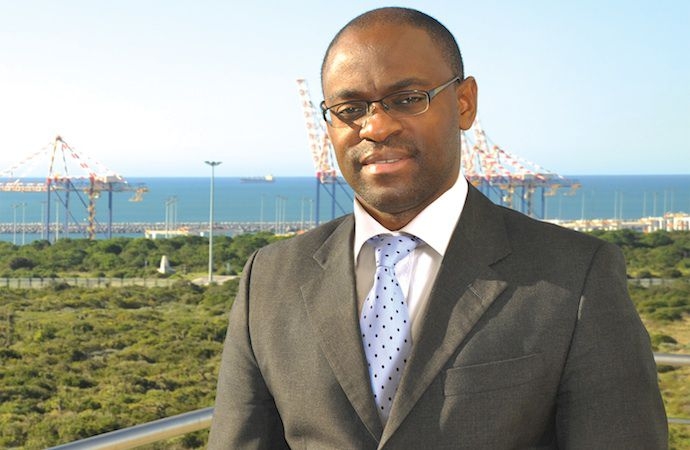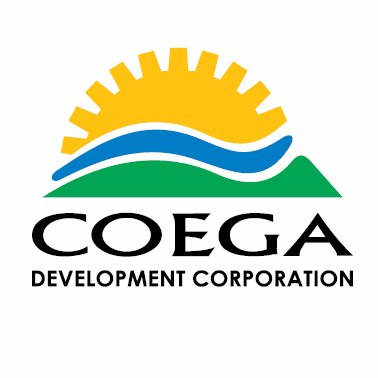

The Coega Special Economic Zone (SEZ), located in the Nelson Mandela Bay Municipality, has been selected as one of seven examples of success out of thousands of SEZs worldwide.This is according to a World Bank-financed research study into what makes economic zones successful. There are approximately 3 500 SEZs in more than 130 countries worldwide, employing more than 60 million people.
The World Bank recently released the report, “Special Economic Zones – An Operational Review of Their Impacts”. The Competitive Industries and Innovation Program (CIIP) found that the success of a SEZ depends largely on a combination of three factors: the SEZ programme and its characteristics, the structure and layout of the zone and regional and country contexts.
“We believe the Coega SEZ will rank highly as the most successful SEZ in all three factors,” said Coega Development Corporation (CDC)’s Head of Marketing, Brand and Communications, Dr Ayanda Vilakazi.The CDC has developed top nine reasons to invest at Coega SEZ, which includes incentives and world class infrastructure.
“Coega is also particularly strong in the second factor, which is the layout and structure of the zone. Fourteen Zones of the Coega SEZ are segmented according to business sectors, complemented by our plug and play environment with world-class infrastructure in terms of roads, bulk water and sewer networks, telecommunication sleeve networks, electrical substations (HV and MV), and overhead power lines (HV and MV),” he said.
Vilakazi said they also provide a one stop shop (OSS), which enables ‘strategic guidance, reduces regulatory inefficiencies and red tape for all investors looking to invest in the province’.
The OSS also provides services from the South African Revenue Service (SARS), Companies and Intellectual Property Commission (CIPC), Water Affairs, Home Affairs, Trade and Industry and other regulatory entities, including municipal services.
“As regards the regional and country context, the Coega SEZ is one of the best-connected industrial zones on the African continent.“There is a rail connection between the SEZ, the rest of South Africa and neighbouring countries; major roads provide a seamless link into the national N2 arterial highway, which connects the SEZ to the rest of the region,” he said.
The zone is integrated into Africa’s newest deep-water harbour, the Port of Ngqura; national and international connectivity for passengers and freight is provided by the Port Elizabeth International Airport (PLZ), which is around 20 minutes travelling time from the Coega SEZ.
“Therefore, it does not come as a surprise that Coega has been selected as one of seven examples of success out of thousands of SEZs around the world. Clearly, we have set a global benchmark,” Vilakazi said.
More news
- CELEBRATING EXCELLENCE IN THE RESIDENTIAL PROPERTY SECTOR
- PART 4: GIBS PANEL DISCUSSES INTEMEDIATE CITIES ROLE IN AFRICA’S DEVELOPMENT
- EXPOSED AGGREGATE PAVERS COMPLEMENT NEW LIFESTYLE CENTRE
- GIBS PANEL EXPLORES ROLE OF INTERMEDIATE CITIES IN SA’S DEVELOPMENT PART 3
- CITI-CON’S CONCRETE KNOWLEDGE SUCCESSFULLY DEPLOYED ON NEW LANDMARK DEVELOPMENT



